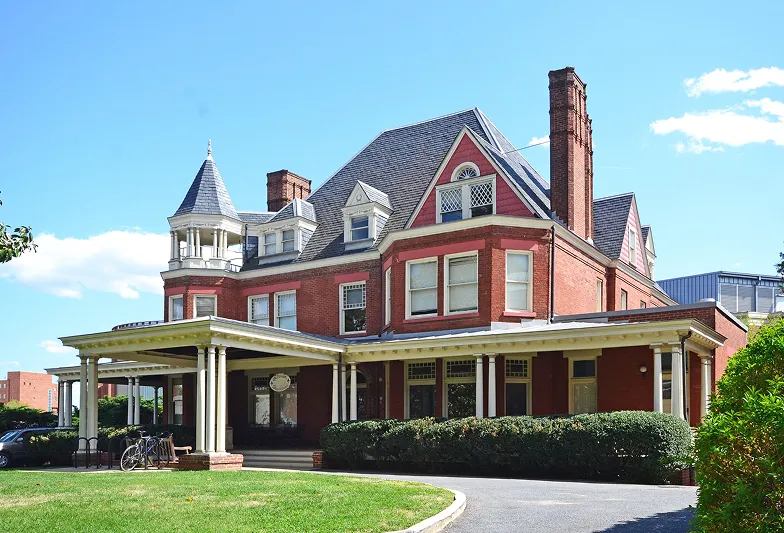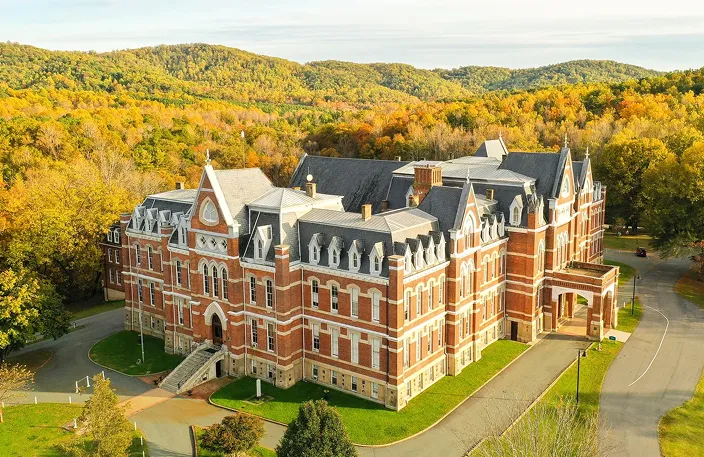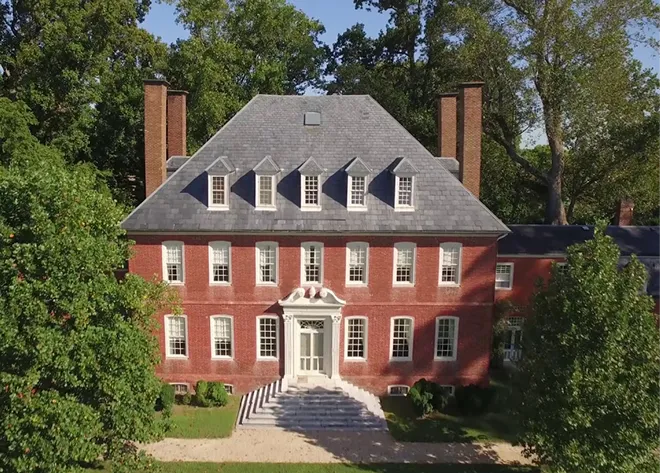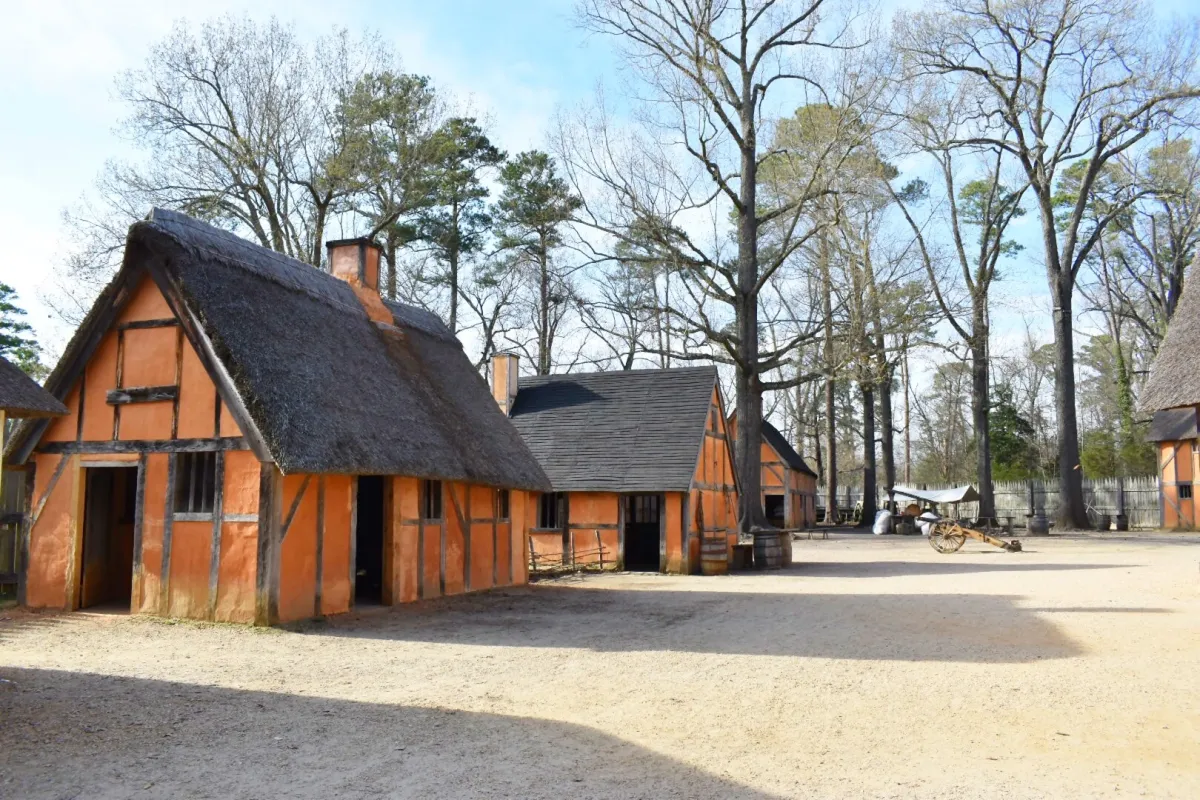At Commonwealth Contractors, our approach to building mirrors my personal philosophy on life, blending practicality with a touch of ingenuity. With a deep respect for classical building principles and a keen eye for modern improvements, you can rest assured that when you collaborate with Commonwealth Contractors, your project will be managed with quality and integrity.
.svg)


Choosing the right siding for your home involves balancing cost, durability, and aesthetics. Understanding James Hardie siding cost is crucial for homeowners looking to invest in their home's exterior without compromising on quality. This decision impacts not just the look of your home but its ability to withstand the elements and enhance its overall value.
At CommonWealth Contractors, we specialize in providing James Hardie siding solutions tailored to your specific needs. Our expertise ensures that you receive high-quality siding that fits your budget, enhances your home's aesthetic appeal, and offers unmatched durability.
This guide simplifies the James Hardie siding cost, aiming to give you a clear understanding of your investment. We'll cover essential cost factors, material benefits, and how to get the most value from your siding project. Continue reading to make an informed decision that aligns with your vision and budget.
Understanding James Hardie Siding Materials
James Hardie siding, crafted from a robust fiber cement composite, is adeptly designed to cater to the diverse demands of various climates while providing a spectrum of aesthetic options. Let's explore the specific types available and underscore their distinctive features, providing you with comprehensive information for an informed decision regarding your home.

HardiePlank Lap Siding
- Aesthetic Versatility: It presents a classic, timeless appearance that enhances any architectural style, available in a variety of textures and finishes. This versatility ensures that regardless of your home's design, there's a HardiePlank option that can complement it beautifully.
- Climate Resistance: Specifically engineered for different climate zones, it promises enduring durability against the elements, safeguarding your home in various weather conditions.
- Fire Resistance: As a non-combustible material, it offers an added layer of safety, protecting homes from fire hazards. Discover more about its benefits on James Hardie's HardiePlank Lap Siding page.
- ColorPlus Technology: Features a baked-on color option that provides up to 30% better fade resistance than traditional painted siding, ensuring your home looks vibrant for years.
HardiePanel Vertical Siding
- Contemporary Design: Delivers a sleek, modern aesthetic with its clean, vertical lines, ideal for creating a noticeable facade.
- Structural Strength: Built to withstand high winds and impact damage, making it an excellent choice for areas susceptible to severe weather.
- Versatile Application: Can be utilized as the main siding option or as an accent in combination with other James Hardie products, offering flexibility in design. For more details, visit James Hardie's HardiePanel Vertical Siding page.
- Easy Maintenance: Unlike other siding options, it requires minimal upkeep to maintain its appearance and performance, reducing long-term maintenance costs.
HardieShingle Siding
- Natural Wood Aesthetics: Successfully mimics the look of real wood shingles without the associated maintenance, offering a charming and rustic look.
- Moisture and Rot Resistance: Its composition is specifically designed to resist water absorption, preventing rot and prolonging the lifespan of your siding.
- Pest Resistance: Fiber cement's durability means it doesn't attract pests like termites or woodpeckers, keeping your exterior intact over time. Further information can be found on James Hardie's HardieShingle Siding page.
- Staggered or Straight Edge Options: Provides versatility in design, allowing homeowners to choose between a more traditional straight-edge or a varied staggered-edge look for added character.
Calculating the Cost of Materials For Your Siding Project.
To ensure a detailed and accurate budget for James Hardie siding, the first step involves measuring the exterior of your home to calculate the net square footage. This task includes measuring the dimensions of each wall and deducting the area covered by windows and doors. This foundational measurement is crucial for an accurate material estimate.
Selecting the appropriate James Hardie product is the next critical step, as it significantly influences the project's cost. The choice between HardiePlank, HardiePanel, and HardieShingle, along with the desired finish and color, impacts both the material costs and the complexity of the installation. These choices determine the overall aesthetic and functional outcome of the siding project.
Factors Influencing James Hardie Siding Cost
Understanding the cost involved in installing James Hardie siding is crucial for homeowners looking to enhance their property's exterior. Several factors contribute to the overall expense, ensuring you make a well-informed decision that aligns with your budget and project goals. Here's a concise breakdown of what to anticipate:

- Installation Cost Range: The average cost for Hardie Board siding installation ranges from $6 to $15 per square foot, including both materials ($2 to $6 per square foot) and labor ($4 to $9 per square foot).
- Additional Expenses: You may have to pay extra for old siding removal (around $2,000 or $0.70 to $2.00 per square foot for removal alone), condition of existing siding, insulation (adding insulation costs between $1.00 to $4.50 per square foot), and soffit, fascia, & trim replacement ($9 to $34 per linear foot).
- Siding Options: Hardie Board siding is available in pre-primed (to be painted after installation) or factory-painted options, with the latter being initially more expensive but offering convenience and potentially lower overall costs. Try this free remodeling calculator to estimate your specific costs.
- Labor Costs: Installation costs vary widely depending on where you live. Higher cost of living areas tend to have higher labor rates. Certain regions may require specific installation practices or additional weatherproofing measures, potentially affecting costs.
- Home Design Impact: The overall size of your home determines the amount of siding material needed, directly affecting the cost. Homes with intricate designs or multiple stories may necessitate additional labor and materials, further increasing the project's cost.
Labor Costs for Hardie Board Installation
Opting for professional installation ensures your siding is correctly installed for maximum durability and performance.These costs can fluctuate significantly, influenced by the installation's complexity, the contractor's expertise, and regional labor rates. Understanding these factors will help you budget more effectively for your project.
- Expertise of Installers: The skill level of the professionals you hire is paramount. Experienced contractors are adept at handling complex designs and ensuring a flawless finish. Their proficiency can prevent future issues, ensuring your siding's longevity and performance.
- Complexity of Installation: The architectural details of your home, such as the number of stories, the presence of intricate trim work, or unique features like bay windows, directly impact the labor costs. More complex installations require greater precision and time, which can increase the cost.
- Regional Labor Rates: Labor costs vary across different regions, influenced by the local cost of living and demand for skilled labor. In areas with a higher cost of living, you can expect to pay more for the same services due to the increased overheads that contractors face.
- Average Labor Costs: For Hardie Board siding installations, labor costs typically range from $4 to $9 per square foot, as mentioned by HomeGuide. These rates can vary widely based on the project's specifics, including the need for siding removal, the amount of required trim work, and the size and height of the home.
Comparing James Hardie Siding to Other Siding Options
When evaluating siding options for your home, it's essential to weigh the pros and cons of each material to make an informed decision. James Hardie siding stands out in comparison to other options due to its unique combination of durability, aesthetics, and long-term value. Let's delve into a detailed comparison.
.webp)
Vinyl Siding
Vinyl siding, introduced in the 1950s, revolutionized the siding industry with its affordability and ease of installation, offering homeowners a low-cost option for enhancing their home's exterior.
- Initial Cost: Vinyl siding is generally more cost-effective upfront compared to James Hardie siding.
- Durability: While vinyl siding is durable, it may not offer the same level of resilience against harsh weather conditions as James Hardie siding.
- Maintenance: Vinyl siding requires minimal maintenance, but it may be more prone to cracking, fading, and warping over time compared to James Hardie siding.
- Aesthetics: James Hardie siding offers a wider range of colors and styles, providing homeowners with more customization options to enhance their home's curb appeal.
Wood Siding
Wood siding has a rich history dating back centuries, providing homes with a timeless, natural aesthetic. While it requires regular maintenance, its versatility and charm continue to appeal to homeowners seeking a traditional look.
- Natural Look: Wood siding boasts a natural aesthetic that some homeowners prefer over James Hardie siding.
- Maintenance Requirements: Wood siding demands regular maintenance, including painting, staining, and sealing, which may be more labor-intensive compared to James Hardie siding.
- Durability: Wood siding is susceptible to rot, insect damage, and fire, potentially leading to higher maintenance and repair costs over time.
- Longevity: James Hardie siding offers similar aesthetic appeal with lower maintenance requirements and greater durability, making it a more practical choice for many homeowners.
Stucco
Stucco, originating from ancient civilizations such as the Greeks and Romans, has been used for centuries to provide buildings with a unique textured finish.
- Texture: Stucco provides a unique texture that can add visual interest to a home's exterior.
- Durability: While durable, stucco may not match the longevity and resilience of James Hardie siding.
- Maintenance Needs: Stucco is prone to cracking, especially in regions with temperature fluctuations or seismic activity, leading to potential repair costs.
- Fire Resistance: James Hardie siding offers superior fire resistance compared to stucco, providing added safety and peace of mind for homeowners.
In comparing James Hardie siding to vinyl, wood, and stucco options, it becomes evident that while the initial investment may be slightly higher, the unmatched durability, minimal maintenance requirements, and aesthetic versatility of James Hardie siding make it the superior choice for homeowners looking to invest in their property's long-term value and protection.
Budgeting Tips for Your Siding Project
Planning your budget for a James Hardie siding project is crucial for a smooth and successful home improvement journey. Here are some down-to-earth tips to help you manage your finances effectively:

- Thinking Long-Term: Sure, James Hardie siding might have a higher upfront cost, but think of it as an investment in the future. With its rock-solid durability and low maintenance needs, you'll be saving big bucks in the long run on repairs and replacements.
- Explore Financing: Don't let the numbers scare you off! Many installers offer financing options that can help spread out the cost over time. Take your time to shop around and find a plan that fits your budget and lifestyle.
- Smart Savings: Want to save some cash without skimping on quality? Timing is everything! Consider scheduling your project during quieter times when contractors might offer sweet deals. And hey, if you're planning other home upgrades, bundling them together could score you some serious savings.
- Look for Incentives: Keep your eyes peeled for energy efficiency incentives or rebates. Upgrading to James Hardie siding could qualify you for some extra cash back, making your project not only affordable but also more eco-friendly in the long haul.
Why Choose James Hardie Siding for Your Home
Looking to upgrade your home's exterior? Look no further than James Hardie siding. Investing in James Hardie siding means investing in the long-term durability, aesthetic appeal, and protection of your home. Here's why it's the smart choice:
- Weather Resistance: James Hardie siding is engineered to withstand even the harshest weather conditions, providing year-round protection for your home against wind, rain, snow, and more.
- Aesthetic Appeal: Not only does James Hardie siding offer exceptional durability, but it also enhances your home's curb appeal with its wide range of beautiful finishes and color options, allowing you to personalize your home's exterior to your unique taste.
- Low Maintenance: Say goodbye to constant upkeep. James Hardie siding requires minimal maintenance, saving you time and money in the long run compared to other siding materials like wood or stucco.
- Fire Resistance: Protect your home and family with James Hardie siding's superior fire resistance. Its non-combustible fiber cement composition adds an extra layer of safety and peace of mind for homeowners.
Why CommonWealth Contractors is the Premier Choice
At CommonWealth Contractors, we've built our reputation on excellence and dedication to quality, a tradition that spans over years of experience and expertise in the siding industry. Our commitment to providing superior James Hardie siding solutions is unmatched, offering homeowners not just a service but a partnership in enhancing their homes' aesthetics, durability, and overall value.

- Unrivaled Expertise in James Hardie Siding: Our team is highly trained and experienced in the latest James Hardie siding installation techniques. We ensure that every project meets our high standards of precision and quality, guaranteeing a flawless finish that stands the test of time.
- Customized Solutions Tailored to Your Home: We understand that each home is unique. That's why we offer personalized consultations to choose the best James Hardie siding options that suit your home's architecture and your personal style, ensuring a perfect match that elevates your home's curb appeal.
- Commitment to Customer Satisfaction: At CommonWealth Contractors, your satisfaction is our priority. From the initial consultation to the final inspection, we work closely with you to ensure your vision is realized, and you're delighted with the outcome.
- Competitive Pricing Without Compromising Quality: We believe in fair and transparent pricing. Our James Hardie siding solutions are competitively priced, ensuring you get the best value without compromising on quality or service.
- Eco-Friendly and Sustainable Practices: We are dedicated to sustainability and eco-friendliness. By choosing James Hardie siding, you're not just upgrading your home but also contributing to a greener planet thanks to its sustainable materials and manufacturing processes.
- Peace of Mind with Durable and Low Maintenance Siding: James Hardie siding's renowned durability and low maintenance requirements mean you can enjoy a beautiful home exterior without the constant upkeep, saving you time and money in the long run.

.svg)





.webp)
.webp)



.webp)
.webp)











.webp)
.webp)

.webp)
.webp)
%2520(1).webp)
%2520(1).webp)
%2520(1).webp)

.webp)
.webp)
%2520(1).webp)
%2520(1).webp)
%2520(1).webp)
%2520(2).webp)

%2520(1).webp)
%2520(2).webp)
.webp)



.webp)
.webp)
%2520(2).webp)
.webp)
.webp)
%2520(1).webp)

.webp)
%2520(3)%2520(1).webp)
.webp)
%2520(1)%2520(1).webp)
.webp)
%2520(1).webp)
%2520(2)%2520(1).webp)